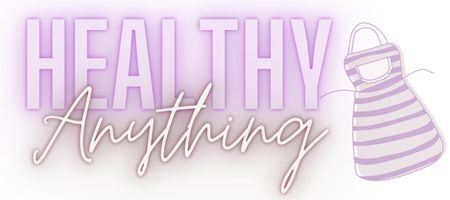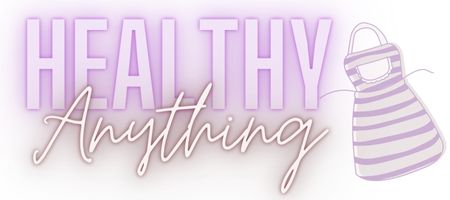Artificial colors are a common ingredient in many processed foods, including baked goods, candy, and beverages. These colors are added to enhance the appearance of food and make it more visually appealing to consumers. However, there are concerns about the safety of artificial colors and their potential health effects. In this article, we’ll explore the use of artificial colors in cooking and baking, the risks associated with them, and alternatives to consider.

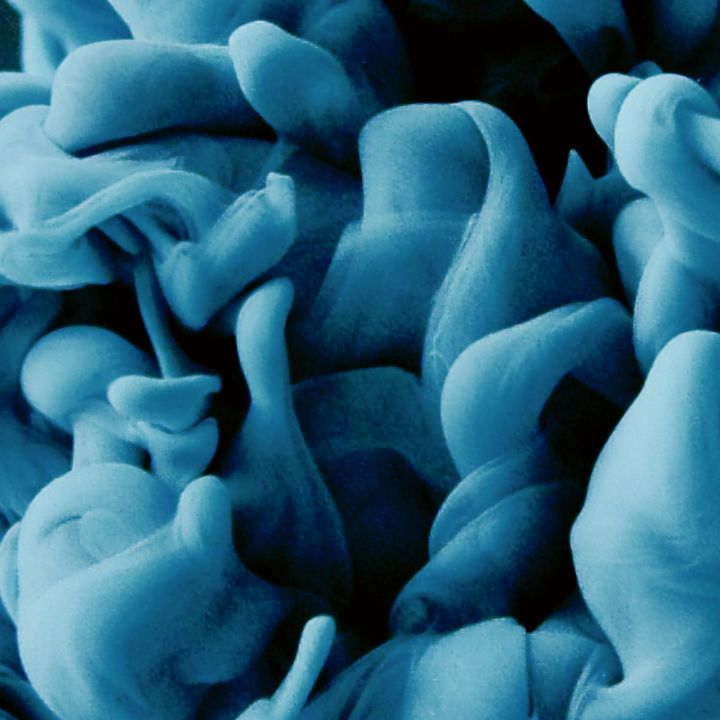
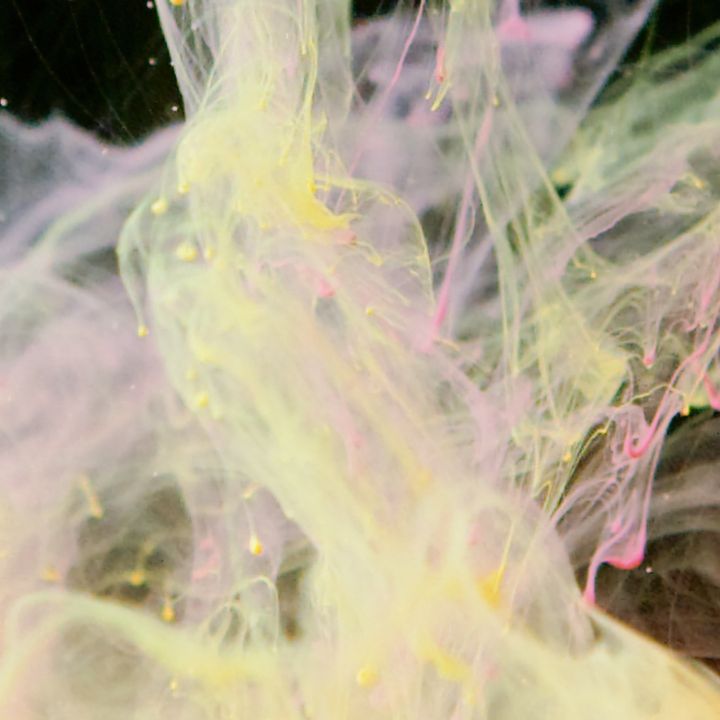
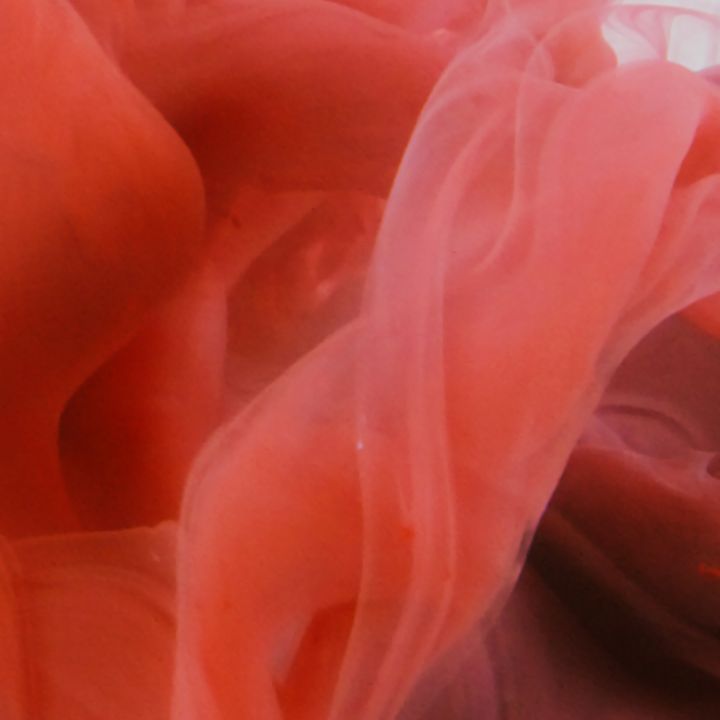
What are Artificial Colors
Artificial colors are synthetic dyes that are added to food to enhance its appearance. They are often used in brightly colored candies, cereals, and other processed foods. These colors are made from petroleum-derived chemicals and have been linked to a number of health concerns.
The use of artificial colors in food has been controversial for several decades. In the 1970s, concerns were raised about the potential health effects of artificial colors, particularly in children. Studies have linked some artificial colors to hyperactivity in children and other behavioral problems. As a result, many countries have banned or restricted the use of certain artificial colors in food.
What are the Risks of Artificial Colors
Artificial colors have been associated with a range of health concerns, including allergic reactions, hyperactivity in children, and an increased risk of cancer. Some studies have also linked artificial colors to asthma, migraines, and other health problems.
Allergic Reactions
One of the main concerns with artificial colors is their potential to cause allergic reactions. Some people may have an allergic reaction to a specific color, while others may be sensitive to several colors. Symptoms of an allergic reaction can range from mild to severe and may include hives, itching, swelling, and difficulty breathing.
Hyperactivity
Another concern with artificial colors is their potential to cause hyperactivity in children. Several studies have found a link between artificial colors and hyperactivity, particularly in children with attention deficit hyperactivity disorder (ADHD). In 2010, the European Union required warning labels on foods containing certain artificial colors, stating that they “may have an adverse effect on activity and attention in children.”
Cancer
Finally, some artificial colors have been linked to an increased risk of cancer. For example, Red 40, which is commonly used in foods and beverages, has been shown to cause cancer in animals. While it is unclear if the same effect occurs in humans, the International Agency for Research on Cancer has classified Red 40 as a “possible human carcinogen.”
Alternatives to Artificial Colors
If you are concerned about the risks associated with artificial colors, there are several natural alternatives you can consider.
Natural Food Coloring
Natural food coloring is made from fruits, vegetables, and other natural sources. These colors are often less intense than artificial colors, but they can still add a pop of color to your food. Examples include beet juice (for red/pink), turmeric (for yellow), and spinach powder (for green).
Spices & Herbs
Spices and herbs can add natural color to your food. For example, saffron can add a vibrant yellow color, while paprika can add a deep red color.
Vegetable & Fruit Juices
Pureed or juiced fruits and vegetables can add natural color to your food. For example, beet juice can be used to make red velvet cake, while carrot juice can be used to make orange-colored baked goods.
Natural Extracts
Natural extracts, such as vanilla extract and almond extract, can add color and flavor to baked goods.
Colorful Fruits & Vegetables
Adding colorful fruits and vegetables to your recipes can add natural color. For example, adding blueberries or raspberries to muffins or pancakes can add a pop of color and flavor.
